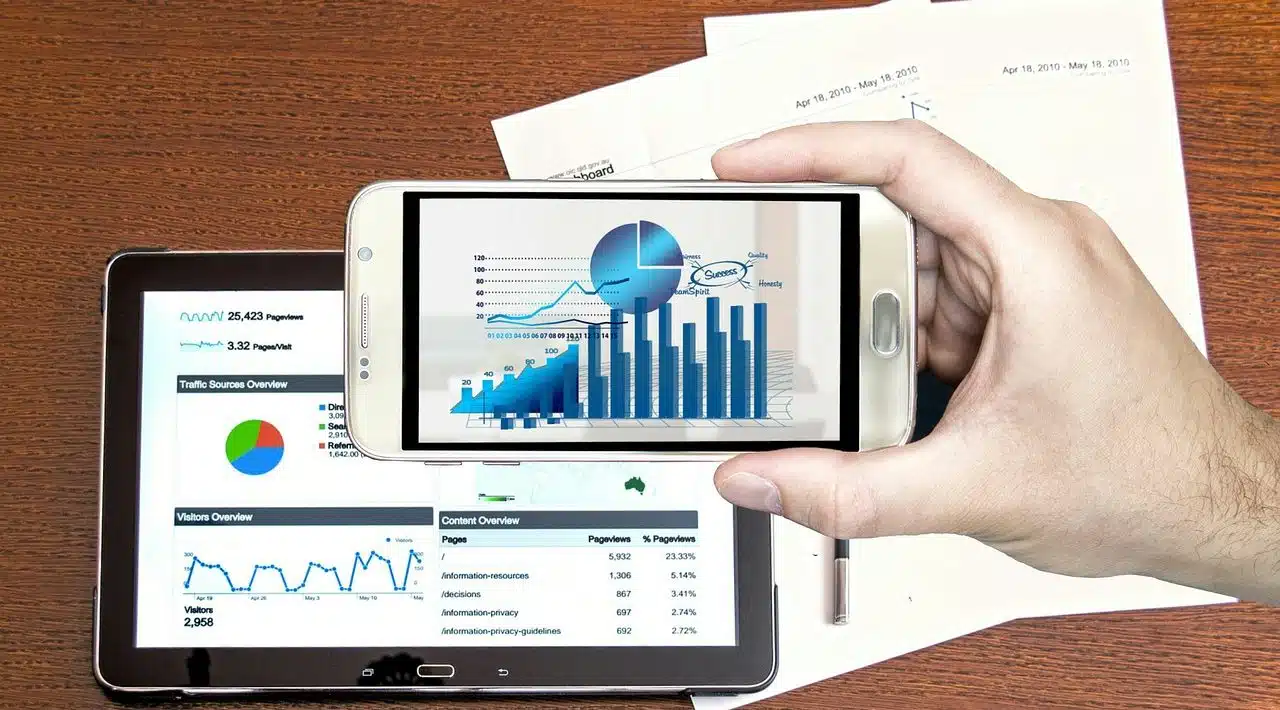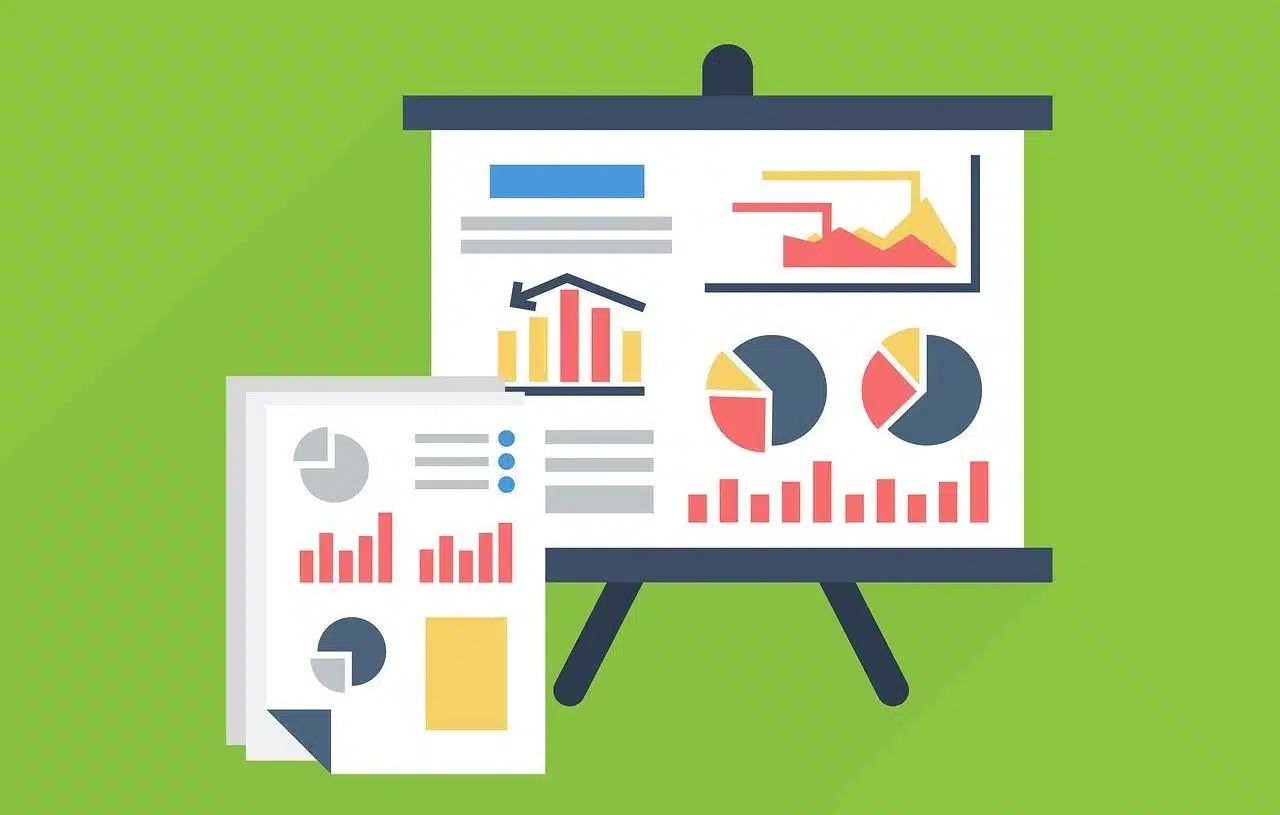
Several tools allow data analysis in real time.
Data analysis is the activity carried out by examining and processing certain content to obtain useful information . The purpose of the process is to promote decision-making and access conclusions.
It should be noted that an analysis involves a detailed study to discover the components or characteristics of something. Data , meanwhile, is information that makes possible precise knowledge of an event or phenomenon and allows deductions to be made about the effects that derive from a fact.
It is important to note that data in itself has no value if it is not considered in its context and interpreted correctly. Analysis is the procedure that transforms that material into useful knowledge.
History of data analysis
The history of data analysis begins in the 1960s , considering this work as the application of techniques and resources to generate useful information. Of course, at an informal or spontaneous level, humans have always analyzed data; However, only in the last half century has the task become a professional practice and even led to the birth of a discipline known as data science .
The British psychologist Charles Spearman ( 1863 – 1945 ) is considered a precursor in data analysis since he postulated the notion of factor and proposed the implementation of factor analysis in 1904 . In any case, many years passed until the American statistician John W. Tukey ( 1915 – 2000 ) made important contributions to this field.
Tukey studied everything from data collection to interpretation, including analysis procedures. His gaze focused above all on the use of statistical tools. Thus, in the '60s he defined data analysis and promoted an evolution of mathematical statistics . The Danish Peter Naur is credited with coining, in 1974 , the idea of data science.

In data analysis, sampling involves focusing on a subset to find information that is important in the overall set.
Main features
Data analysis involves studying a certain amount of information that was previously collected. As we already indicated, the objective is to draw conclusions that help make the right decisions.
It can be said that data analysis works as a guide . The work carried out serves to develop strategies, modify actions or ratify the direction, for example.
Specialists usually list various tasks that are carried out within the framework of data analysis. In this way, they talk about cleaning them (to purge the erroneous ones and keep only the relevant ones), their transformation (adapting them to the correct format and converting them into useful information) and their modeling (creating a scheme or visual representation). Therefore, the following stages are recognized in the analysis:
- Data collection (a data preprocessing phase)
- Data Cleaning
- Data transformation
- Data modeling and visualization
Today, the concept of data analytics is often associated specifically with big data . This is the name given to an immense amount of information whose processing can only be carried out using computers and computing resources. In this context, the use of algorithms, artificial intelligence and tools of different kinds such as SQL , Google Sheets and Excel , among many others, are used.

Data analysis can lead to the development of simulation models.
Types of data analysis
Experts recognize two broad types of data analysis, which generally complement each other. In quantitative data analysis , we work with figures that express verifiable and measurable information.
Qualitative data analysis , on the other hand, does not contemplate number crunching. Typically, these are opinions obtained from interviews, surveys, etc.
Other classifications are not based on the nature of the data, but on the purpose of the analysis. A descriptive analysis , in this framework, allows a description of a phenomenon or a situation. From it, a diagnostic analysis can be drawn up (orienting to the causes of what is described), a predictive analysis (projecting the possible future) or a prescriptive analysis (defining what measures to take).
Taking these issues into account, it should be considered essential, at first, to establish why the data analysis will be carried out. Then it has to be defined what will be measured and how the measurement will be carried out. Once these steps have been completed, the phases of obtaining, analyzing and interpreting the data in question arrive.
Some examples
Data analysis is carried out in countless areas and sectors. Many of these studies are developed within the framework of so-called business intelligence to improve business management .
Take the case of a hamburger chain that has four locations, each located in a different city. One piece of information indicates that the company sells 12,000 hamburgers per month : this number, however, does not provide much information for management and commercial strategy. A sales analysis reveals that, of those 12,000 hamburgers, 9,000 are sold in just one of the stores, while the remaining 3,000 are distributed among the other three branches. This information is now more useful: management can make decisions to promote the three establishments that sell the least.
Now suppose that a website registers 25,000 visits per day . It is key to know how many unique visitors make those visits, from what locations and using what devices. It is also relevant to know how long the site remains and other variables. In this way, if a detailed marketing data analysis is carried out, very valuable conclusions can be obtained.
